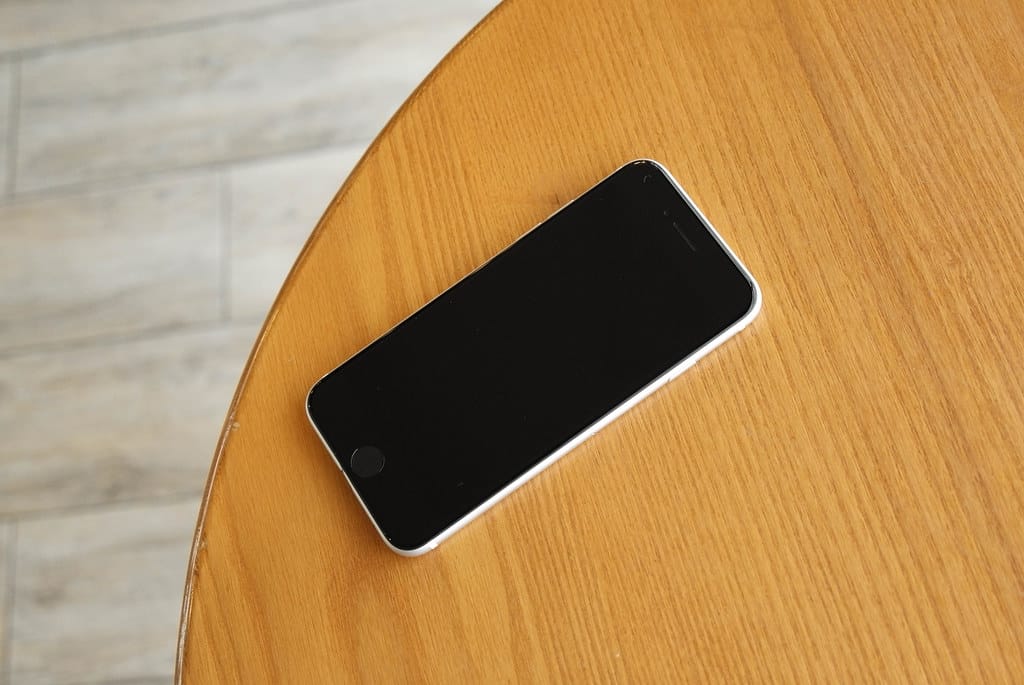Apple has delivered its most impressive iPhone performance in over three years, posting remarkable two-month growth figures that signal a potential turning point for the tech giant's flagship product. This surge comes at a critical time when smartphone markets globally have been grappling with economic headwinds and consumer spending concerns.
The Numbers Behind the Comeback
The latest data reveals that iPhone sales have experienced their strongest consecutive two-month growth period since the early pandemic boom of 2020-2021. While Apple typically keeps specific sales figures close to the vest, industry analysts report double-digit percentage increases in key markets, with particularly strong performance in North America and select European regions.
This growth trajectory marks a significant departure from the more modest gains Apple has reported in recent quarters. The company's Services revenue, which includes the App Store and iCloud, has also benefited from this hardware uptick, creating a positive feedback loop for Apple's ecosystem strategy.
What's Driving the Unexpected Surge?
iPhone 15 Series Momentum
The iPhone 15 lineup appears to be resonating strongly with consumers, particularly the Pro models featuring the new titanium design and advanced camera systems. The transition to USB-C across all models, while initially controversial among some Apple loyalists, has reportedly attracted Android switchers who appreciate the universal charging standard.
Industry analysts point to several factors contributing to this success:
- Pent-up demand: Many consumers who delayed upgrades during economic uncertainty are now making the leap
- Trade-in programs: Apple's aggressive trade-in incentives have lowered the barrier to entry for premium models
- Camera innovations: Professional-grade video capabilities are attracting content creators and photography enthusiasts
Market Timing and Economic Factors
The timing of this growth surge coincides with several favorable market conditions. Consumer confidence has shown signs of improvement in key demographics, particularly among higher-income households that typically drive iPhone sales. Additionally, carrier promotions and financing options have made premium smartphones more accessible.
The holiday shopping season has historically been crucial for Apple, but this year's performance suggests demand is extending well beyond traditional gift-giving periods.
Global Market Implications
Apple's strong iPhone performance is sending ripples throughout the global smartphone ecosystem. Competitors including Samsung, Google, and Chinese manufacturers are likely reassessing their strategies as Apple demonstrates that premium smartphone demand remains robust despite economic headwinds.
Supply Chain Resilience
This growth surge also highlights Apple's supply chain improvements following years of pandemic-related disruptions. The company's ability to meet increased demand suggests that previous bottlenecks and component shortages have been largely resolved.
Regional market data shows particularly strong performance in:
- United States: Double-digit growth in premium segments
- Europe: Recovery in key markets including Germany and France
- Asia-Pacific: Mixed results with strength in Japan offsetting challenges in China
Looking Forward: Sustainability Questions
While these results are undoubtedly positive for Apple, several questions remain about the sustainability of this growth trajectory. The smartphone market remains highly competitive, and economic uncertainties persist globally.
Key factors to watch include:
- China market performance: Apple's relationship with Chinese consumers remains complex amid geopolitical tensions
- Innovation pipeline: Whether Apple can maintain momentum with upcoming product releases
- Economic headwinds: How potential recession concerns might impact luxury tech spending
The Bottom Line
Apple's strongest two-month iPhone growth since the pandemic represents more than just impressive quarterly numbers—it signals the company's continued ability to drive consumer demand in challenging market conditions. This performance validates Apple's premium positioning strategy and suggests that reports of smartphone market saturation may have been premature.
For investors, this growth demonstrates Apple's resilience and the enduring appeal of the iPhone ecosystem. For competitors, it serves as a reminder that innovation, brand strength, and execution can overcome market headwinds.
As Apple continues to expand its services ecosystem and explore new product categories, this iPhone surge provides a solid foundation for future growth initiatives. Whether this momentum can be sustained through 2024 will largely depend on continued innovation and global economic stability.
